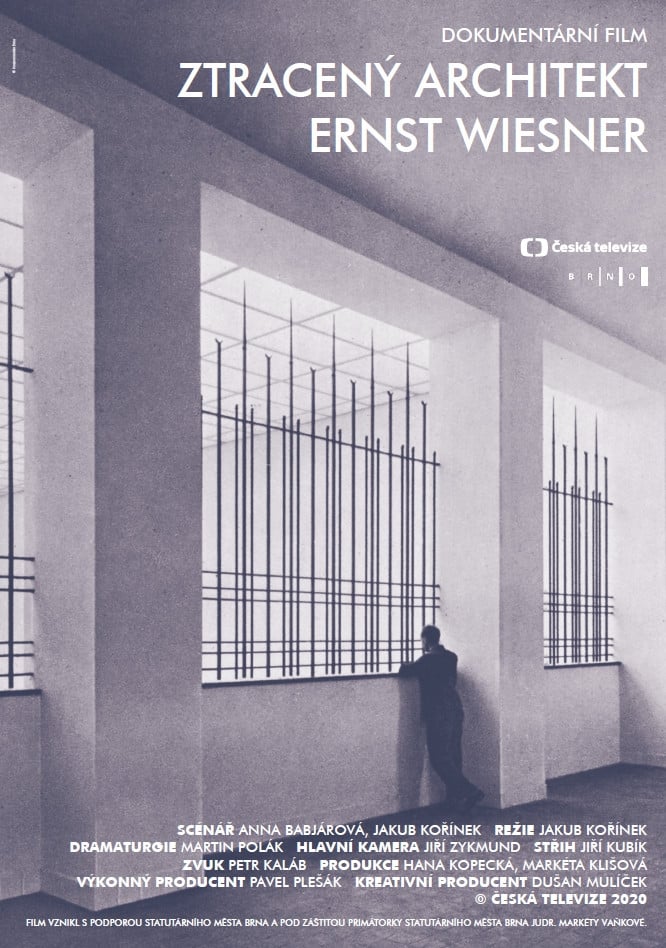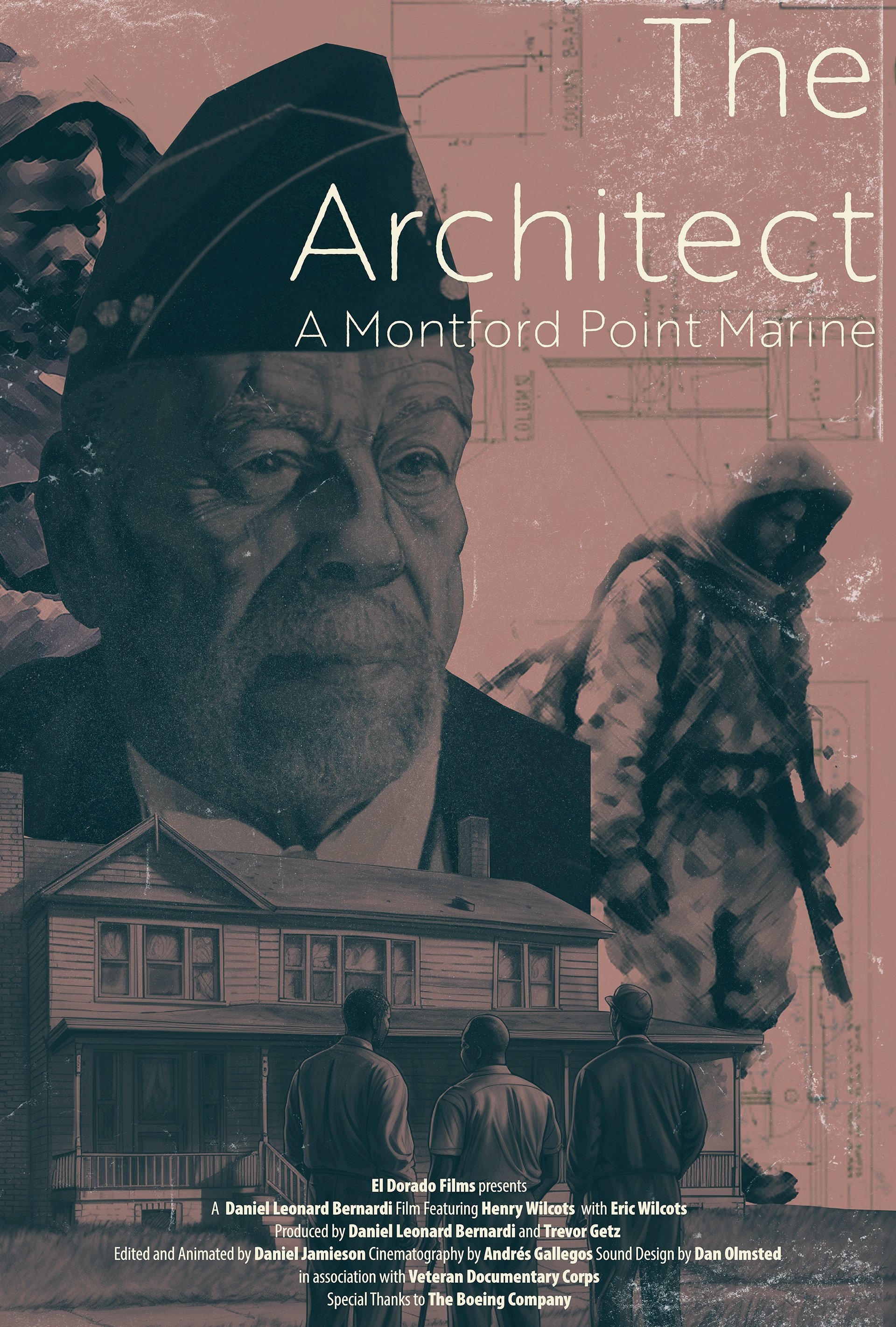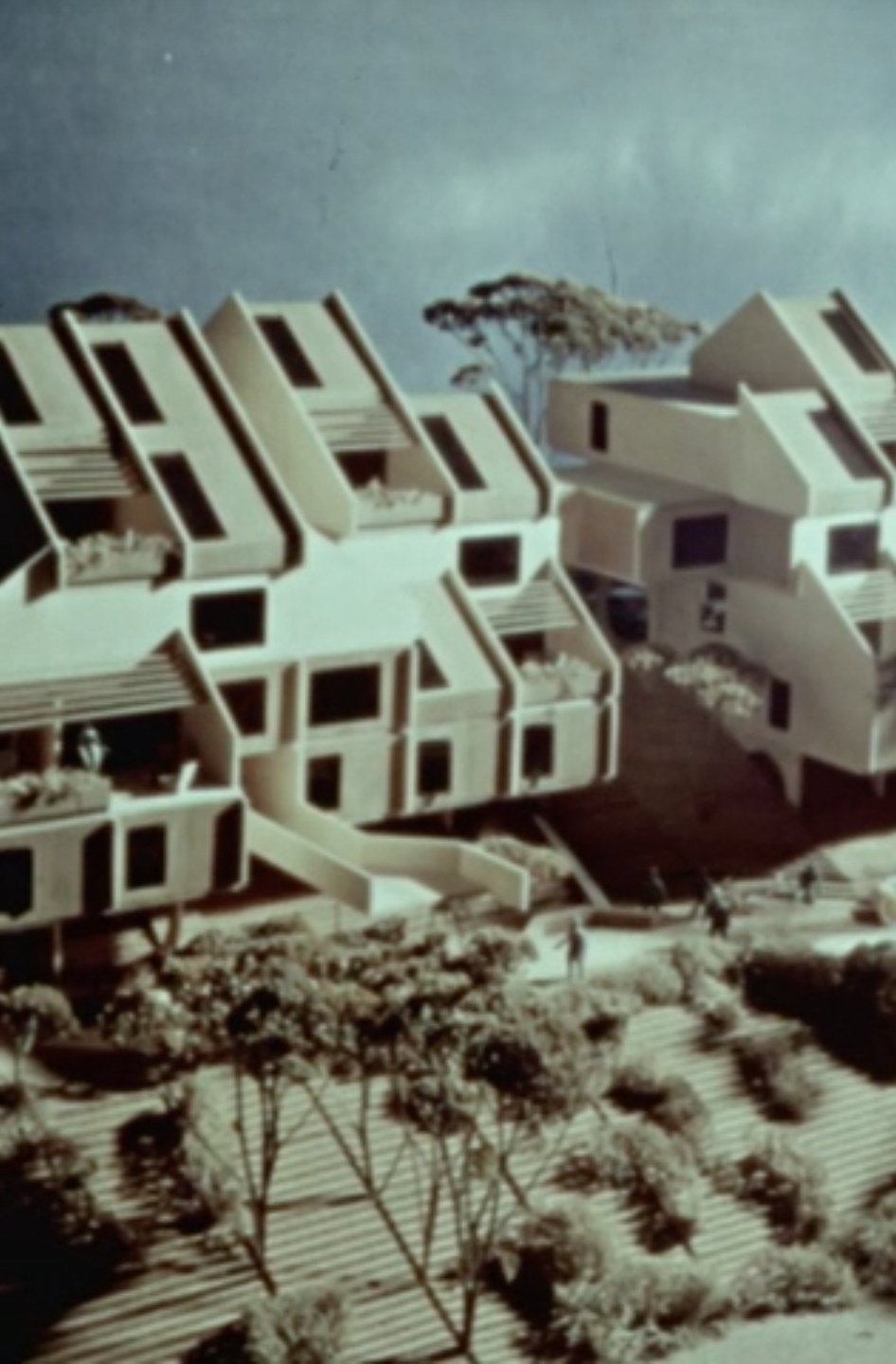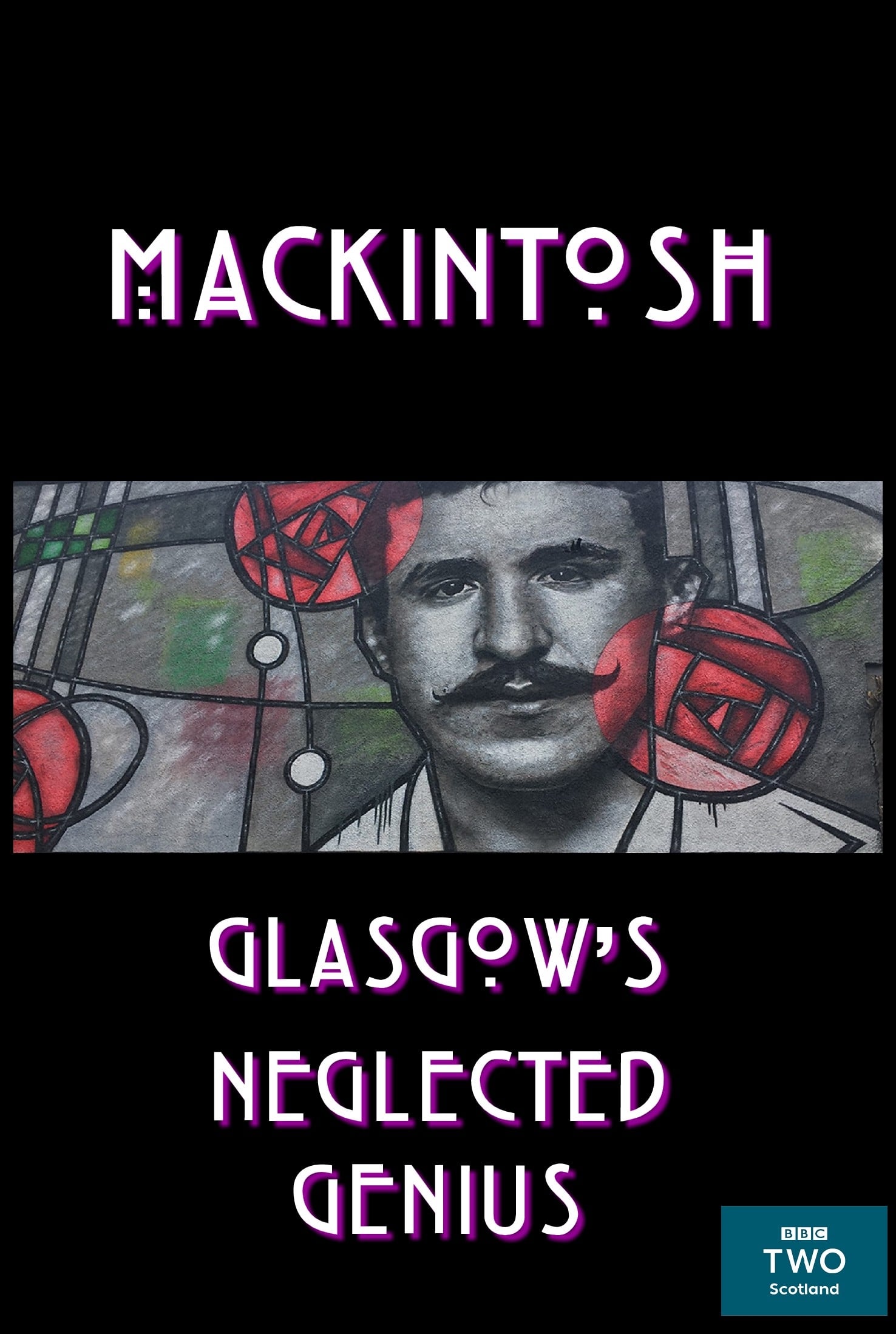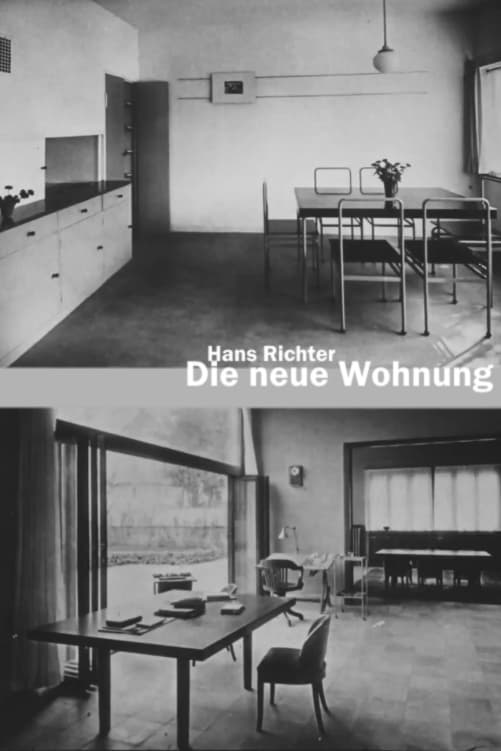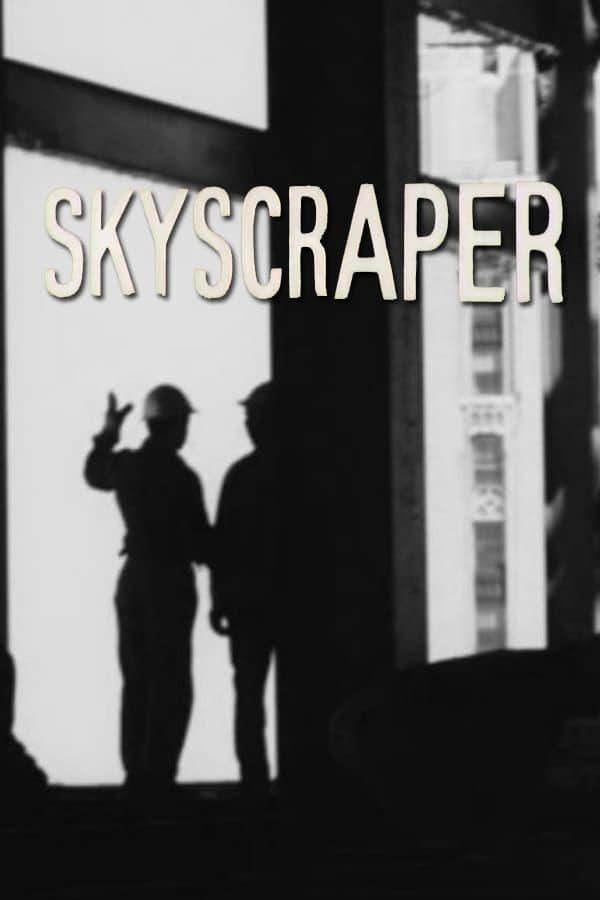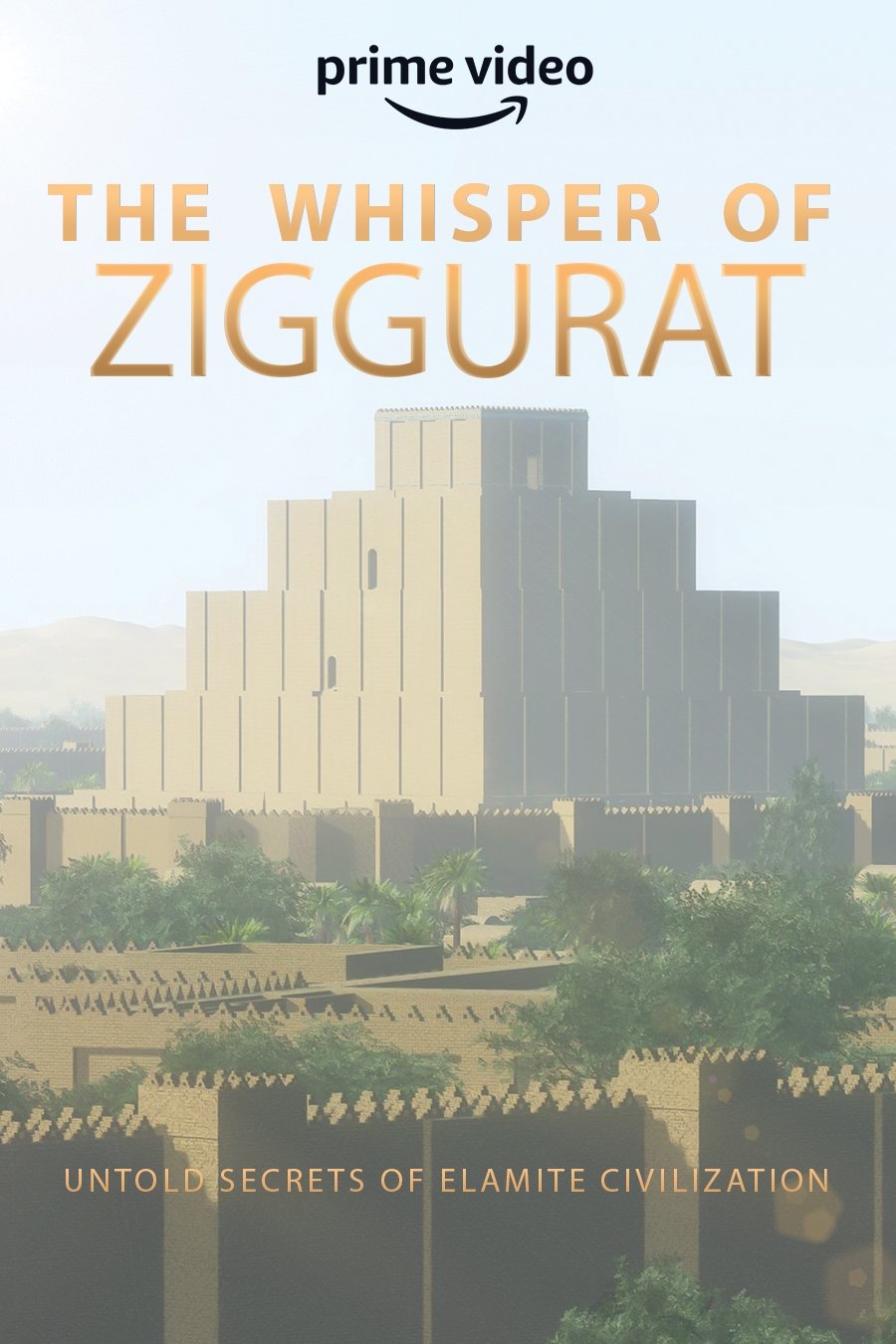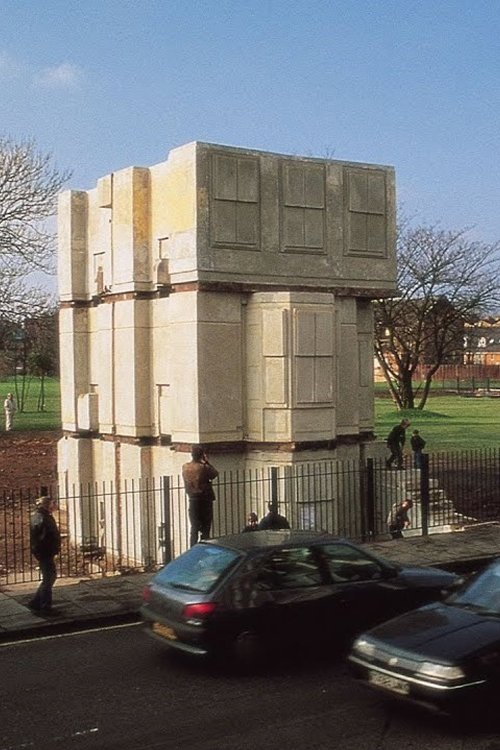Dva klenoty rané gotické architektury (1952)
Overview
Production Companies
Additional Info
| Budget | $0.00 |
|---|---|
| Revenue | $0.00 |
| Original Language | cs |
| Popularity | 0.1676 |
Directed By
František Lukáš
Crew
František Lukáš
Jiří Srnka
Vlasta Plotěná
František Lukáš
Bedřich Jurda
Milan Hachla
František Lukáš
TOP CAST
Similar Movies
Chambord: The Castle, the King and the Architect
Chambord, the most impressive castle in the Loire Valley, in France, a truly Renaissance treasure, has always been an enigma to generations of historians. Why did King Francis I (1494-1547), who commissioned it, embark on this epic project in the heart of the marshlands in 1519? What significance did he want the castle to have? What role did his friend, Italian genius Leonardo Da Vinci (1452-1519) play? Was he the architect or who was?
Gaudí, le génie visionnaire de Barcelone
In Barcelona, the Casa Batlló alone sums up the genius of Antoni Gaudí. During the exhibition devoted to it by the Musée d'Orsay, we take a guided tour of this eccentric, colorful residence, completed in 1906.
The Architect: A Montford Point Marine
In this dynamic and dramatic short film, an African American veteran takes us on an extraordinary journey through his life. From a chance visit to the Pentagon, to growing up in a vibrant integrated neighborhood, his story is one of resilience and inspiration. Fueled by the determination to seize educational opportunities, he enlists just in time to experience the racial divisions of his era before Truman desegregates the military. Thrust into the brutality of the Korean War, the weight of combat becomes an indelible part of his soul. Returning home, he embarks on a new path as an architect and discovers unexpected connections in far-off Pakistan. As his family expands, his sons reflect on the man who raised them and the legacy he instilled. This film unearths the essence of the Black experience in the early 20th century, paints a vivid portrait of the Chosin Reservoir, and unravels the intricate tapestry of race, family, and personal growth.
The Coldspring Project
The human side of town planning, as exemplified in Baltimore, Maryland. The Coldspring Project concerned a proposed housing development for lower and upper income levels on a three hundred-acre site adjoining a wildlife sanctuary. The film records the differences aired in meetings of various interest groups that tried to modify the plan according to their views, and the compromise reached, based on plans drawn up by Montréal architect Moshe Safdie.
Charles Rennie Mackintosh: A Modern Man
Charles Rennie Mackintosh, architect, designer and artist is celebrated around the world as one of the most significant talents to have emerged in the period from the mid 1890s to the late 1920s. He was one of the greatest, most original talents of this time and has been judged a precursor of firstly the modernist style and subsequently of the Art Deco movement. His legacy lives on all around us in his instantly recognisable style. A MODERN MAN takes a critical look at Mackintosh’s life and artistic career and the importance of the friends and patrons who provided him with regular work when it mattered most.
Mackintosh: Glasgow's Neglected Genius
The film examines Mackintosh's iconic buildings, notably the Glasgow School of Art. Interwoven with his architecture, design and watercolours is the personal story of Mackintosh. Little known at home, his work found favour on the continent. In later years he struggled for work, and came to endure real poverty, but continued to create remarkable pieces of art.
Silver Memories
Heralded as a palace among minor and major league baseball stadiums, Silver Stadium set a standard of excellence from opening day. From May 1929 through the 1990s Silver Stadium served as home to Rochester's historic baseball team, The Rochester Red Wings, as well as many other sporting teams. When not being used as a baseball stadium, the space served as center stage for a variety of traveling acts. Hear from the people closest to the history of this magnificent facility as they take you on a journey through The Memories of Silver.
The New Apartment
A commissioned film for Schweizerischer Werkbund (SWB), Die neue Wohnung was produced for the Basel architectural and interior design exhibition, WOBA, to demonstrate innovative aspects of modern architecture and highlight their differences from the event’s highly conservative approach. Despite its ad campaign roots, Richter's touch is not absent; The surviving version, aimed at a "bourgeois" Swiss public, presents decluttered, functional architecture and decor as superior to the traditional and luxurious "ancient" ways of living.
Roger D'Astous
A documentary about montreal architect Roger D'astous, who battled all his life to create a nordic architecture. Starchitect in the 60s, this Frank L. Wright student then fell from grace before rising again at the dawn of the century.
Pessac - Living in a Laboratory
Pessac, Quartiers Modernes Frugès: The camera goes from living room to living room, from yard to bath, kitchen to balcony, strolls through a typical day at the row houses built by Le Corbusier in the 20s. This film focuses on the question of how the residents have departed from Le Corbusier’s original concept in the intervening decades so that they feel at home within their own four walls.
Skyscraper
Nominated for an Academy Award, this live-action short film playfully chronicles the construction of the Tishman Building at 666 Fifth Avenue in New York City.
St. Peter's and the Papal Basilicas of Rome 3D
The unveiled treasures in the year of the Extraordinary Jubilee. The Papal Basilicas of Rome seen as never before: St. Peter's, St. John in the Lateran, St Mary Major, St Paul Outside the Walls and the works of art enshrined within them. A film tour shot from previously unseen points of view with the latest-generation 3D and 4K technology.
The Whisper of Ziggurat: Untold Secrets of Elamite Civilization
5000 years ago the ancient Elamites established a glorious civilization that lasted about three millennia. They created marvelous works in architecture and craftsmanship. These works of art depict the lifestyle, thoughts, and beliefs of the Elamites.
The Spirit in Architecture: John Lautner
The Spirit in Architecture examines the work of John Lautner, one of the most visionary and profound architects, who began his career in Los Angeles in the 1930's. This illuminating journey into Lautner's world features never before seen footage from his apprenticeship with Frank Lloyd Wright at Taliesin; extensive documentation of his extraordinary buildings; and interviews with historians, critics, collaborators, clients, and Lautner himself, which put his achievements in perspective. his building's use in feature films and his Googie's coffee shop design demonstrate his contribution to popular culture.
Documentary: Rachel Whiteread, House
Rachel Whiteread’s cast of a Victorian terraced house in London’s East End was hailed as one of the greatest public sculptures by an English artist in the twentieth century. Completed in autumn of 1993 and demolished in January 1994, House attracted tens of thousands of visitors and generated impassioned debate, in the local streets, the national press and in the House of Commons.
The Genius of Gothic Art
Death and the devil, nudity and eroticism, horror in blazing colours, Gothic art cast a spell over people 500 years ago. In these image-poor times, art deliberately and skilfully played with the emotions of the viewer, triggering fear, devotion, but also rapture. Art documentary on German gothic art of the late-middle ages.
Antonio Gaudí
Catalan architect Antonio Gaudí (1852-1926) designed some of the world's most astonishing buildings, interiors, and parks; Japanese director Hiroshi Teshigahara constructed some of the most aesthetically audacious films ever made. With camera work as bold and sensual as the curves of his subject's organic structures, Teshigahara immortalizes Gaudí on film.
